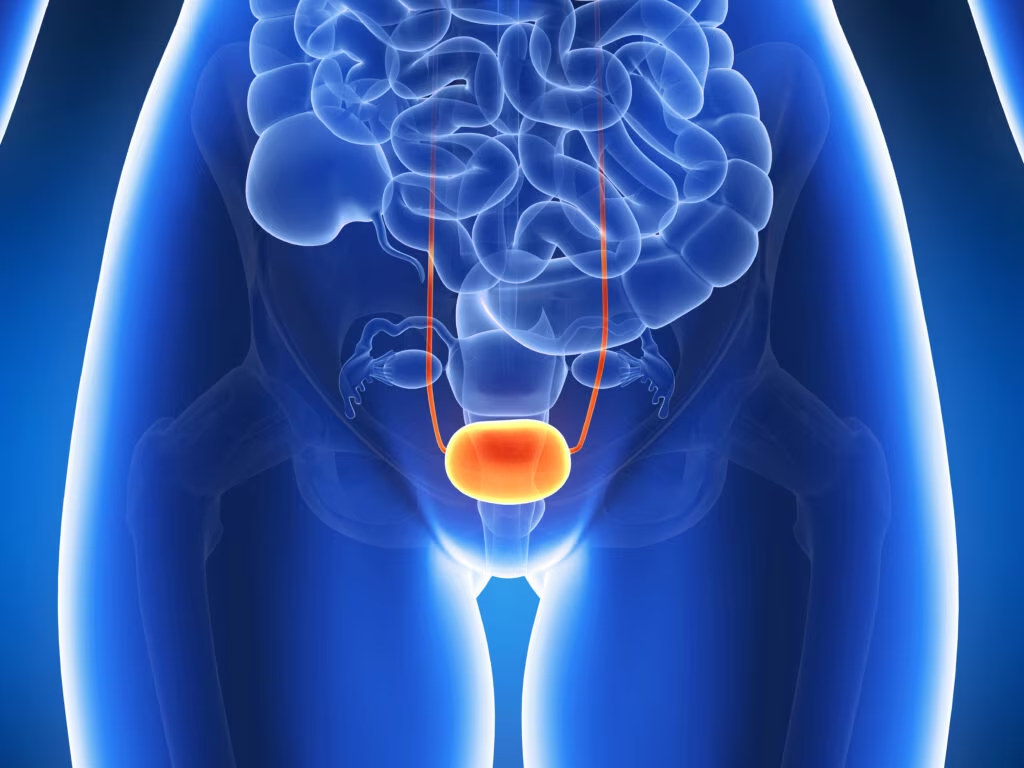In his foreword to the previous edition of European Endocrinology, my colleague and friend Sir George Alberti recalled that a mutual friend, Paul Zimmet, had referred to the current pandemic of diabetes as a ‘tsunami’. One year later, I believe that one should reflect for a moment on the theme. We all have in mind this giant sea wave that was produced by a submarine earth movement in the Indian Ocean in December 2004. The event was sudden, largely unpredicted, devastating and almost instantly publicised worldwide.
In his foreword to the previous edition of European Endocrinology, my colleague and friend Sir George Alberti recalled that a mutual friend, Paul Zimmet, had referred to the current pandemic of diabetes as a ‘tsunami’. One year later, I believe that one should reflect for a moment on the theme. We all have in mind this giant sea wave that was produced by a submarine earth movement in the Indian Ocean in December 2004. The event was sudden, largely unpredicted, devastating and almost instantly publicised worldwide. It generated a flood of information about the mechanism of the phenomenon and induced a large movement of solidarity.
Indeed, the comparison of the diabetes pandemic to a tsunami is sound with regard to the devastating consequences of both events: killing individuals, inducing a lot of disabilities, destroying families and affecting social and economic welfare. However, the other characteristics of the tsunami are not met for diabetes. First, the diabetes pandemic is not sudden; it has been developing for at least half a century. Second, the diabetes pandemic is not unpredicted – projections have been made for years by the World Health Organization (WHO) and the International Diabetes Federation (IDF). Third, the diabetes pandemic is still largely unpublicised, despite the impetus given by the UN Declaration on Diabetes in December 2006.
The mechanism of the tsunami has been largely elucidated by the geophysicists, but despite great efforts the mechanism of the various forms of diabetes remains largely unknown. Type 1 diabetes occurs in genetically predisposed individuals and the disease progresses through immune mechanisms, leading to the destruction of the β cells producing insulin in the islets of Langerhans of the pancreas, but what is the trigger? Why has the incidence increased in many countries? Why does it affect younger and younger children? Type 2 diabetes also occurs in genetically predisposed individuals, but the genes involved are different from those identified in type 1 diabetes. It is well recognised that insulin resistance increases the risk of this form of diabetes and that insulin secretion defects precipitate the condition. At a time when genetics has made such progress possible in many fields, is it not sad to read in the 20 November 2008 issue of the New England Journal of Medicine that compared with clinical risk factors alone, such as a family history of diabetes and an increased body mass index (BIM), 16 common genetic variants associated with the risk of type 2 diabetes had an almost negligible effect on the ability to predict the future development of the condition?
The large movement of solidarity seen after the tsunami is only at its beginning with regard to the millions who have to live with diabetes, particularly in the developing countries. So the diabetes pandemic has some of the characteristics of a tsunami, but the wave is still growing. Let us join forces to try to contain it, with the hope that it is not too late. Such are the aims of the thousands of scientists who are trying to better understand the disease, the thousands of heathcare providers who are helping those affected and those who are at risk and numerous national and international organisations. Regarding the latter, I invite our readers to consult the websites of IDF, which unites more than 150 associations in more than 200 countries (www.idf.org), the World Diabetes Foundation (WDF), which aims at alleviating the burden of diabetes in developing countries (www.worlddiabetesfoundation.org) and of the Global Diabetes Alliance, which is designing clinical research proposals that emphasise the needs of indigenous, underserved people of the world (www.global-diabetes.org).
As stated in conjunction with my colleague and incoming President of the American Diabetes Association (ADA), R Paul Robertson, in an op-ed in the 6 August 2008 issue of the Seattle Post-Intelligencer, we must act because there is no choice. When it comes to containing the diabetes tsunami, failure is not an option.■












